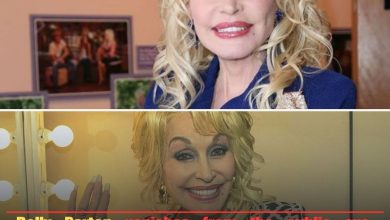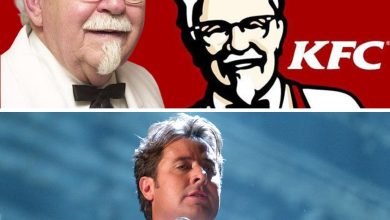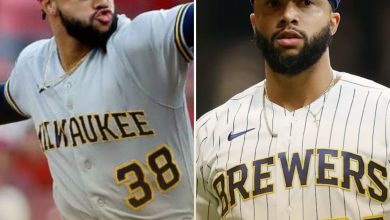Cal Raleigh’s unforgettable season enters baseball lore, even as Aaron Judge blocks his MVP dream .MH
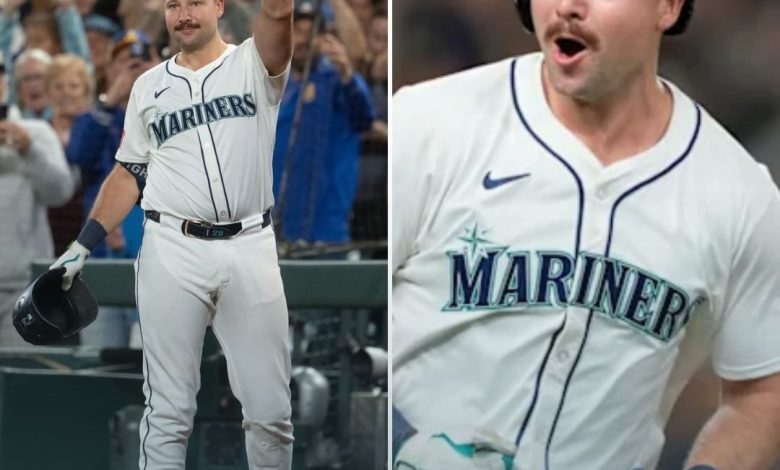
The spectacular season of Mariners catcher Cal Raleigh has arrived at its highly anticipated, hotly debated conclusion, as one last storyline needed finalizing with Thursday’s announcement of the 2025 American League Most Valuable Player award.
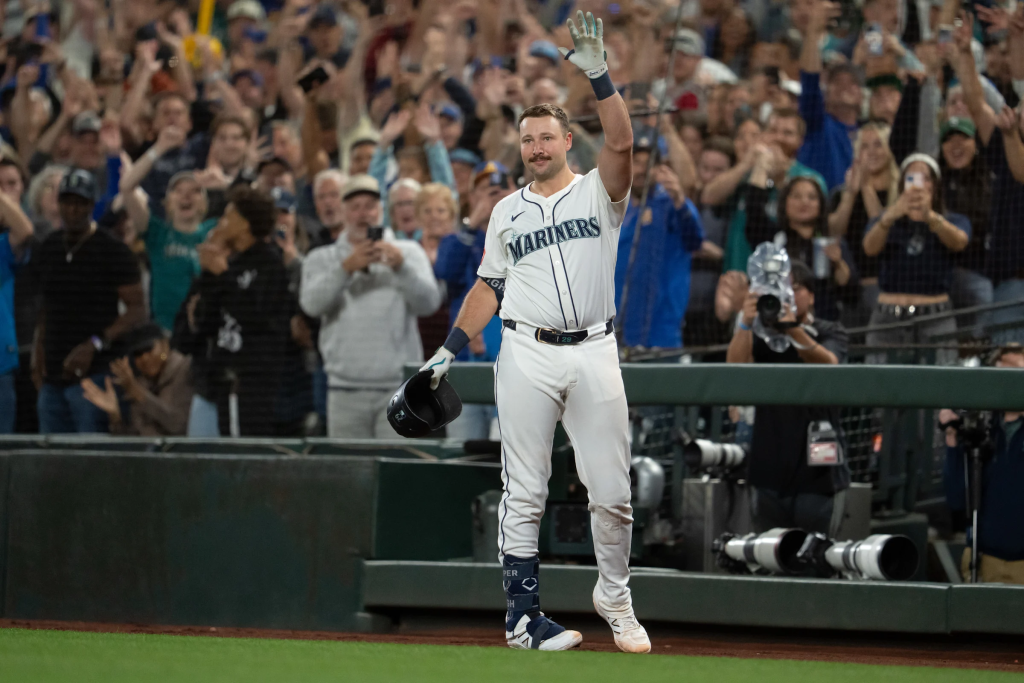
From early summer when the historic home run barrage began until mid-October as the Mariners sojourned deeper into the postseason than they ever had before, raucous chants extolling Raleigh’s case for MVP could be heard at T-Mobile Park with regularity, and even in road cities as traveling Seattle fans showered their franchise anchor with praise for his sensational performance.
While his top competition for the award, Yankees outfielder Aaron Judge, delivered yet another outlier season of epic offensive performance, Raleigh’s candidacy was rooted in unprecedented production from a position that so rarely yields such lofty statistical totals. Add in Raleigh’s substantial workload and positive impact on Seattle’s pitching staff as a defender behind the plate — particularly in relation to Judge, who started just 95 games in right field for the Yankees — and Raleigh’s most ardent advocates insisted that his case as AL MVP was as clear as day.
In the end, those cries for official validation were ultimately left unheard by the BBWAA electorate, with the voting results showing that Raleigh narrowly came up short, finishing runner-up to Judge, who garnered 17 of 30 first-place votes to claim the award for the third time in four years, further strengthening his legacy as one of the greatest right-handed hitters of all time.
AL MVP full voting
All ballots here: https://t.co/9A2KTASoXU pic.twitter.com/yW0efH481Y
— BBWAA (@officialBBWAA) November 14, 2025
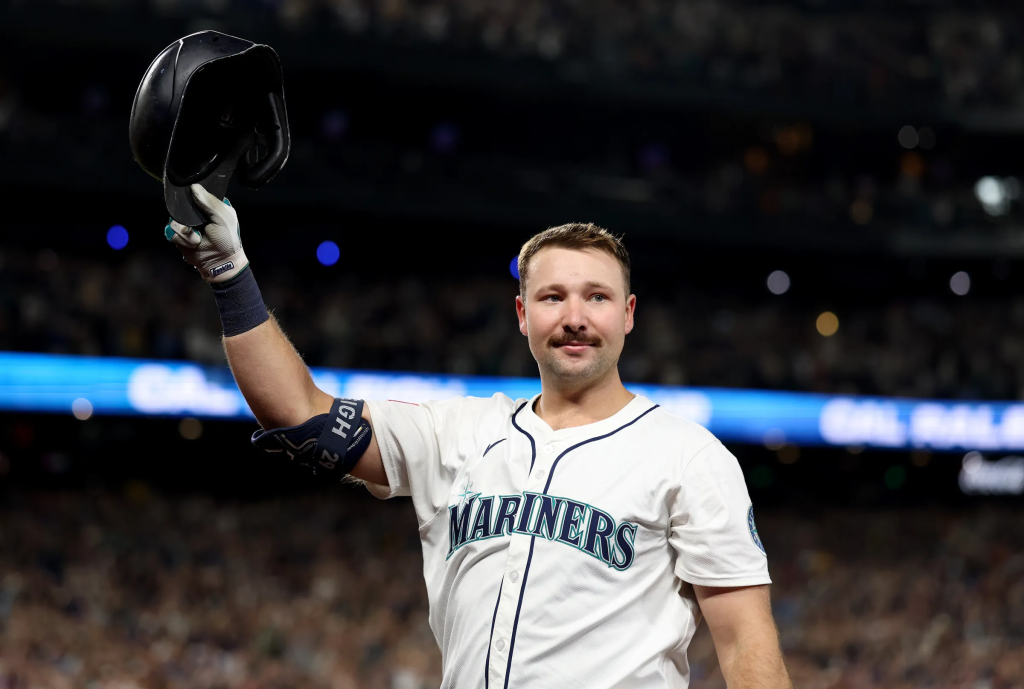
Though Raleigh ultimately fell short in securing the league’s annual top honor — an outcome far more reflective of Judge’s greatness than any obvious Raleigh shortcoming — it does not take much if anything away from his campaign, one that saw the switch-hitting catcher set home run records in multiple categories while powering the Mariners to their first AL West title in nearly a quarter-century.
Raleigh had already earned local legend status as early as 2022, when his pinch-hit walk-off home run clinched Seattle’s first playoff berth in 21 years. He continued to improve once cementing himself as the Mariners’ everyday backstop, showcasing impressive power relative to his positional peers and excelling especially behind the dish, earning Gold Glove honors in 2024. He even garnered some lower-level MVP support along the way, snagging a ninth-place vote in 2023 and five down-ballot votes in 2024. But he had still yet to make an All-Star team entering 2025, and his overall production at the plate was still more good than great, with a 116 wRC+ that ranked 49th among 115 qualified hitters from 2023-2024.
While Raleigh had quietly, if indisputably, already become one of the best all-around backstops in baseball, the broader recognition of his impact remained limited. In another timeline, Raleigh could have realistically settled in as a well-kept secret of sorts, an understated star who shined most brightly within the confines of his medium market. But in 2025, Raleigh’s profile exploded beyond the Pacific Northwest, where national stardom has historically been hard to come by.
It began shortly before Opening Day, when Raleigh and the Mariners agreed to a six-year, $105M extension. It marked a significant long-term partnership between player and team, but it also made headlines beyond Seattle for its magnitude. Very few catchers have landed nine-figure contracts, as the rigorous physical demands of the position often portend troublingly steep declines, and the average offensive output of even the best catchers in the game rarely resemble that of the elite players at other positions.
Raleigh joined Mauer, Posey, and Will Smith as the only catchers to agree to an extension worth more than $100M guaranteed, an exceptional peer group that in turn helped hint at what Raleigh might mean for the Mariners moving forward. Of course, even with the elevated expectations that came along with the hefty extension, no one could have foreseen the degree to which Raleigh would immediately validate Seattle’s decision to invest heavily in him as a franchise cornerstone.
It started slowly, with Raleigh going 1-for-12 in the opening four-game series against the Athletics. But Raleigh’s prolific power started to surface not long after, as he launched his first homer of the season on March 31 against Detroit and cracked another a week later in San Francisco. When the Mariners collected their first sweep of the season in mid-April at home against the Rangers, Raleigh homered in all three games. When Raleigh smacked two more homers at Texas on May 2, he found himself all alone atop the league’s home run leaderboard nearly one-fifth of the way through the season. An eight-game stretch without a long ball followed that game at Globe Life Park — the longest such “drought” of Raleigh’s season — but after that, the homers resumed raining down, often coming in bunches.
He added 14 homers over his next 24 games. A six-homers-in-six-games burst in late June brought his total to 32, rapidly approaching the career-high of 34 he had set the year prior. That hot week also raised his OPS to 1.049, the high watermark for his season, exemplifying his overall offensive impact beyond merely how many balls were leaving the yard.
As the stats continued to soar, July widened the spotlight on Raleigh even further as he was named the American League’s starting catcher for the All-Star Game and invited to participate in the Home Run Derby. Raleigh won the Derby with an incredibly steady performance that simultaneously showcased his stamina and slugging prowess, hitting 17 homers in Round 1, 19 in Round 2, and 18 in the finals to topple the electric Rays infielder Junior Caminero to claim the crown and fulfill the prophecy set forth in a hilarious home video from his youth: He was, indeed, the Home Run Derby Champ.
A memorable All-Star week in Atlanta behind him, Raleigh dutifully returned to his regular season mission as Seattle jockeyed for position in the fierce American League playoff race. More opportunities for Raleigh’s newfound stardom to manifest would come — the Mariners traveled to Williamsport, Pa. for the Little League Classic, where Raleigh was one of the biggest celebrities among the next generation of ballplayers and hit his 47th homer of the season in front of the crowd of Little Leaguers — but he remained focused on the task at hand of contributing to Seattle’s push for the postseason.
Naturally, Raleigh’s continued excellence went hand-in-hand with Seattle’s successful chase of Houston in the AL West standings, coming from as far as seven games back on July 10 to eventually becoming division champs. During the Mariners’ momentous September sweep of the Astros at Daikin Park to seize sole possession of first place, Raleigh hit home runs No. 57 and 58, surpassing Ken Griffey Jr.’s previously held single-season franchise record of 56 — this, just days after Raleigh had broken Mickey Mantle’s record for most homers by a switch-hitter in a single season, and weeks after surpassing Salvador Perez’s mark for most homers by a catcher.
Three days later, Raleigh hit two more homers against the Rockies — his 11th multi-homer game of the season, tying an MLB record held by 1938 Hank Greenberg, 1998 Sammy Sosa, and 2022 Aaron Judge — to arrive at a staggering 60.
Sixty home runs! To watch any hitter reach this titanic threshold is astonishing on its own, as only six major-leaguers have previously done so: three with heavy ties to performance-enhancing drugs (Barry Bonds, Mark McGwire, Sammy Sosa) and three iconic Yankees (Babe Ruth, Roger Maris, Judge). But for that exclusive club featuring five outfielders and a first baseman to gain an unlikely seventh member in Raleigh — who caught 1,072 innings during his march to 60 homers — is downright mind-boggling.

So how did he do it? Look below the surface of the eye-popping final totals, and Raleigh’s humongous uptick in homers can largely be attributed to two key improvements. The first involved something that Raleigh was already quite adept at: hitting the ball in the air, particularly to the pull side. This is a skill that has become increasingly prioritized in the modern game as teams look to optimize hitters’ ability to slug, and elevating the ball often to the pull side is a good way to do that.

